How to Sound Like: Robert Smith of The Cure
If you’re not already familiar with him or his work, Robert Smith is the frontman and guitarist of gloomy goth-pop icons The Cure. But apart from being famous for his look and image, Smith is also a hugely underrated guitarist. Today we take a quick look at his gear through the decades.
Robert Smith: an underrated icon?
When you think of The Cure, what’s the first thing that comes to mind? It’s probably Robert Smith’s iconic look of scraggly hair, makeup and gothic gloominess. Undoubtedly, Smith’s aesthetic influenced generations of fans and the goth scene in general. Importantly though, Smith is a criminally underrated guitarist in his own right.
Robert Smith’s guitar tone and playing style has influenced a myriad of goth and alternative bands through the decades. Sift through your own record collection and you’re sure to find bands directly influenced by The Cure. And if that wasn’t enough, Smith also enjoyed a brief stint with goth legends Siouxsie and The Banshees!
So we here at Gearnews thought it was high time that we acknowledged this iconic musician and his choice of gear through the years. We’re going to break this down into three categories: Smith’s guitars, his amplifiers, and his effects. It’s also super important to understand Smith’s approach when it comes to guitar tone. He’s famously gone on record to say that he only ever sets his amps and effects to 0, 5 or 10. Anything else is just “mucking about”.
Guitars
For a career that’s spanned more than four decades, you might think Smith would have a huge guitar collection. In reality, he’s only ever really been seen with a handful of guitars. Up until around 1990, much of The Cure sound was made with single-coil equipped guitars. After that Smith switched to predominantly humbucker-equipped instruments. Bear this in mind when thinking about what era of tone you’re trying to recreate!
Here’s a list of some of the more notable instruments used by Smith in his decades-long career.
Woolworth/Teisco Top 20
Robert Smith’s first guitar was purchased from the British discount department store Woolworth’s. The Top 20 model was in fact made in Japan by the Teisco company and sold by Woolworth’s as an entry-level guitar in the UK. The story goes that upon turning up to record their debut album, Three Imaginary Boys, the producer, Chris Parry despised the guitar. He then bought Smith its replacement…
Fender Jazzmaster (with Teisco pickup)
The Fender Jazzmaster became Smith’s main guitar with The Cure and was originally finished in Olympic White (although it changed colour a number of times in Smith’s hands). Other modifications included the addition of a pickup from Smith’s Woolworth Top 20 in the middle position. This guitar, with that pickup, is the sound of early Cure albums and can be heard on hits such as “Boys Don’t Cry” and “A Forest“.
If you’re aiming for that early Cure sound, then get yourself a Fender type guitar. A Jazzmaster is is the obvious choice, although Smith also used Telecasters from time to time.
Fender Bass VI
Question: When is a guitar not a guitar? Answer: When it’s a Fender Bass VI! If you were to take a quick look at a Fender Bass VI you might think it’s a Fender Jaguar or Jazzmaster. Look closer though, and you’ll notice three pickups and a very long scale-length. Sometimes called a “Baritone Guitar”, the Bass VI is tuned a whole octave below a regular guitar.
The Bass VI is one of the “secret weapons” in getting that Cure sound. Listen to tracks such as “Pictures of You” and you’ll hear its unique sound, that sits somewhere between a guitar and a bass.
Gibson Chet Atkins Country Gentleman
As The Cure entered into the 90s, so too the sound of single-coil Fenders gave way to humbucker-equipped Gibsons. Listen to The Cure’s “Wish” album and you’ll hear a mixture of two Gibson guitars. A Gibson ES335, which was used extensively and, for the first time, Smith picked up his famous Gibson Chet Atkins Country Gentleman.
You’ll have to look to the used market if you want to buy a Country Gentleman nowadays; it will also set you back a handsome wedge of cash too! Importantly though, the tone of 90s Cure is most characterised by a Gibson semi-hollw body with humbuckers.
Schecter UltraCure
In 2005 Robert Smith hooked up with Schecter resulting in a range of signature guitars; if you watch any recent Cure live shows, you’ll see that Schecters have replaced all of his Fenders and Gibsons. Smith was a fan of the Schecter Ultra model, and so Schecter modified that guitar with features Smith loved from his offset Fenders and Gibson Chet Atkins. The resulting model was the Schecter UltraCure.
The guitar offers a unique look with unique specs: there is the offset body shape and 25.5″ scale length of the Jazzmaster, and the semi-hollow design, humbuckers and tune-o-matic style bridge of the Gibson Chet Atkins. Additionally, Schecter also offers alternatives to the famous Fender Bass VI and some of Smith’s other esoteric instruments. You’ll find a replacement for the Fender Bass VI in the UltraCure VI, as well as a twelve-string version, the UltraCure XII.
Amplifiers
Put in mind one of your favourite guitarists; chances are their tone is closely linked to their choice of amplifier. If you look at the history of Robert Smith’s backline however, you’ll find that he runs his amps clean, and basically as a platform for effects. What’s doubly unusual is, that solid-state amplifiers feature just as prominently as valve designs. The one constant is that all these amps provide a good pedal platform for Smith’s extensive collection of stompboxes.
It’s difficult for us to categorically pin down one amplifier to one era; Smith has revisited various amplifiers both onstage and in the studio throughout his career. So instead, we’ll list all the amps here, for the sake of completism! But if you’re looking for one amp to really nail The Cure sound, we’d recommend a Roland Jazz Chorus. Or, if you’re on a budget, the excellent BOSS Katana. Plug into either of those amps and you’ll be well on the way to classic Cure tone!
Solid-State Amplifiers
- Roland Jazz Chorus JC-120
- Peavey Musician MkIII
- Roland Cube 80-GX
- Line 6 Flextone
- Line 6 Spider
Valve Amplifiers
- VOX AC-30
- Orange AD30
- Selmer Zodiac Twin 30
- Fender Twin Reverb
- Ampeg VL-503
- Supro Black Magick
Effects
The Cure’s sound has almost always been an atmospheric wash of chorused and effected guitars. As such, perhaps more than the guitar and amp tone, it’s the use of effects that really craft Smith’s tone. Perhaps the key effect is liberal use of Chorus; so much so, that you’ll often find a Chorus pedal taped to the top of his amps and permanently engaged!
Don’t expect racks of expensive processors or boutique pedals here. If there’s one word that defines Smith’s tone, it’s BOSS! Those famous and affordable pedals have been constant companions of his for decades. Smith himself was once quoted as saying that he “probably owns every BOSS pedal made”.
You’ll also find a few other mainstream pedals in there, but nothing especially rare or boutique. Again, a testament to Smith’s skill when it comes to crafting inspirational and exotic tones from prosaic gear! Here’s a list of pedals we know that Smith has used. The key here is that if BOSS made it, then Smith has probably used it at some point.
BOSS
- BF-2 Flanger
- CH-1 Super Chorus
- DD-3 Digital Delay
- DS-1 Distortion
- BD-2 Blues Driver
- PH-2 Super Phaser
- PN-2 Tremolo Pan
- SD-1 Super Overdrive
Misc
- Dunlop Cry Baby Wah Pedal
- Digitech Whammy
- Electro Harmonix Deluxe Memory Man
Did we leave out your favourite piece of Robert Smith gear? Let us know in the comments section below!
This post contains affiliate links and/or widgets. When you buy a product via our affiliate partner, we receive a small commission that helps support what we do. Don’t worry, you pay the same price. Thanks for your support!
13 responses to “How to Sound Like: Robert Smith of The Cure”

 4,3 / 5,0 |
4,3 / 5,0 | 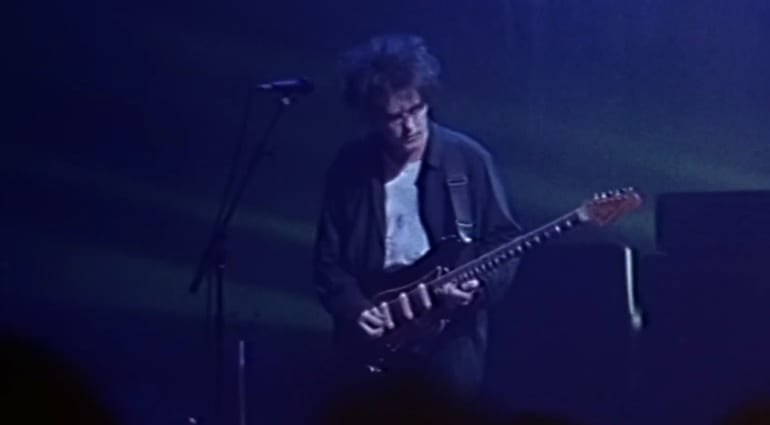

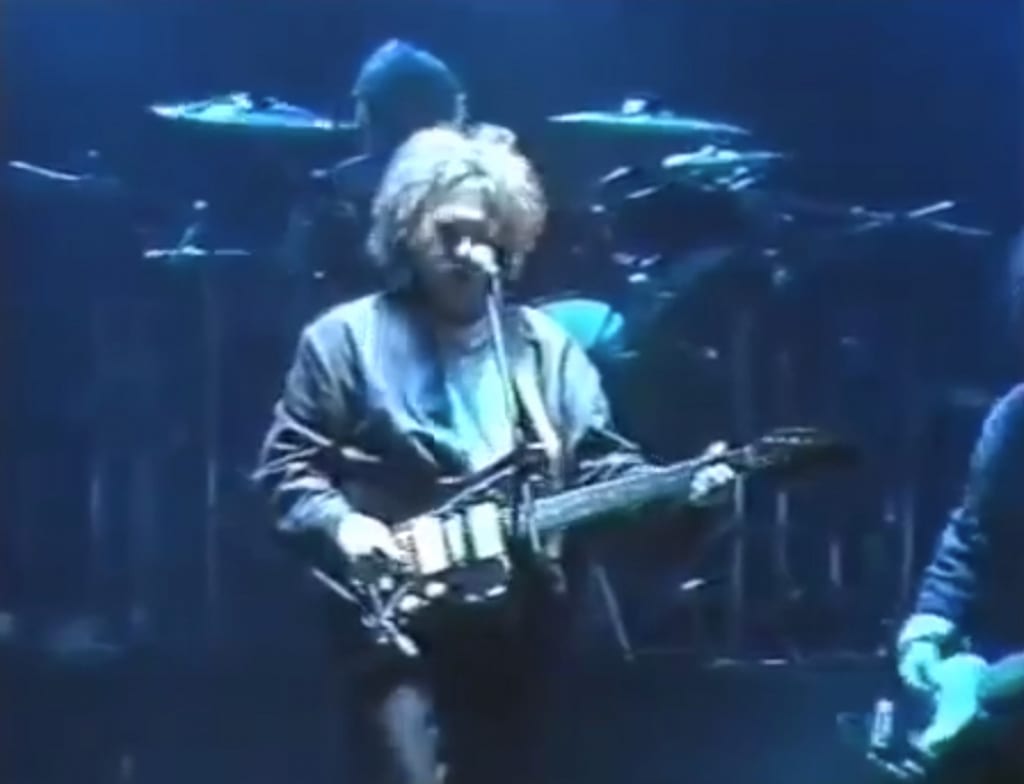

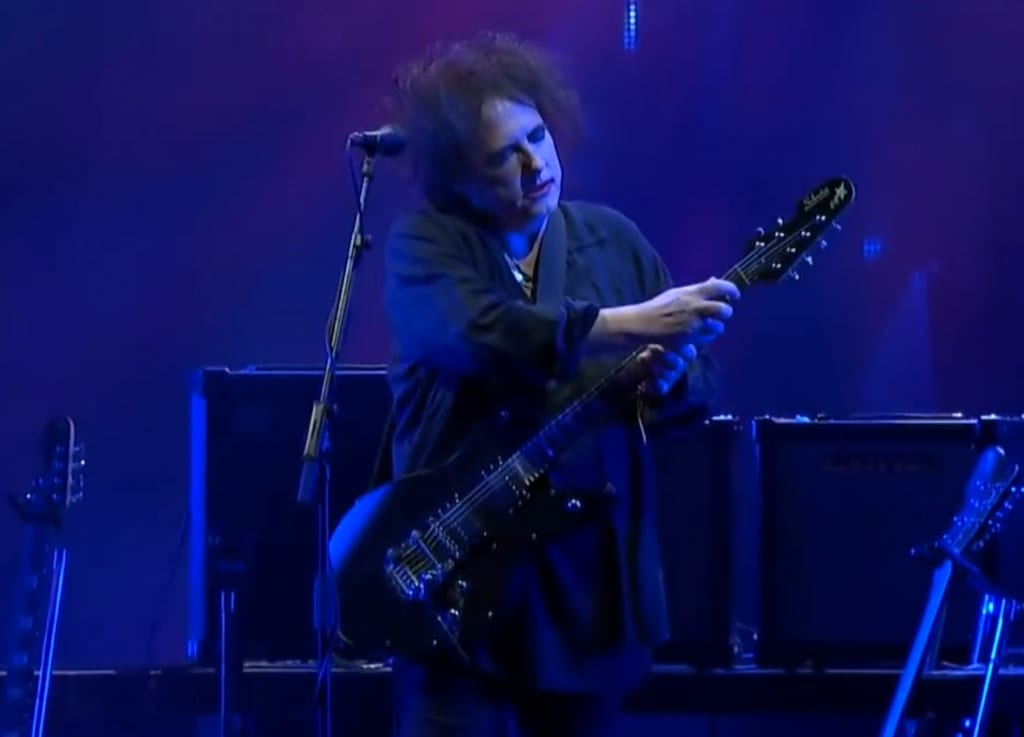
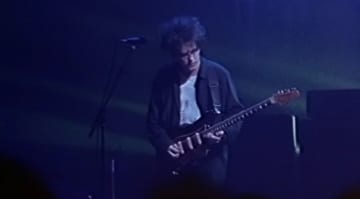

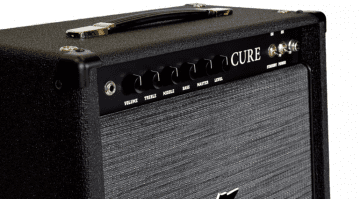

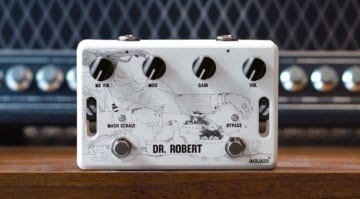

Thank you this was helpful, i have been a trash/hair metal musician for over 37 years. I never thought i would be in a Goth band and enjoying it. As I’m learning this new style, it has been challenging more times then not! This is most definitely harder than thrash, especially getting the sound right. So thank you again for maki g it a lot easier.
Hey Wayne, glad you liked it!
Woolworth’s were all over Philadelphia when I grew up! I remember they had lunch counters too where the bright lights, swivel chairs and promises of ice cream helped a struggling 4 year old eat a whole hamburger 🙂
Woolworths in the U.K. were completely different to Woolworths USA. Total different companies, and you certainly wouldn’t have found any lunch counters (or any form of hot food) in a U.K. Woolies (as they were affectionately called.
Woolies were essentially miniature department stores, but only had a few main sections. Most kids would know them for CDs, LPs, cassettes and VHS, and also the legendary ‘Pick ‘n’ mix’ where you would help yourself to sweets (candies)… using plastic shovels to pour all sorts of different types into a paper grocery bag. You would then pay based on the weight of the bag on scales at the counter.
Apart from that, they sold household goods and basic electrical appliances, but sadly went out of business in the late noughties… one of many high street retailers who were affected by the Global Financial Crisis.
At the time Smith obtained his original guitar, the UK Woolworths was indeed part of the same company as the U.S. store. They didn’t split until the early ’80s. By then, even most American Woolworth stores no longer had lunch counters and were largely what you described.
Solid deep dive! Only thing I’d add is the Peavey Stereo Chorus 400 2×12. He was plugging his electrics into that for the “Disintegration” and “Wish” eras.
Hey thanks Matthew! It’s hard finding confirmed info on a lot of his early gear, just that he used Peavey Solid State gear a lot.
Thanks for the additional info though!
Well that’s a comprehensive list of Robert Smith’s guitar gear, but anyone tell us where he buys his shampoo? 😉
We recommend “Goth Juice” hairspray – made from the tears of Robert Smith
I tried some of that and I sprayed myself in the face. It stung and burned my eyes and I was almost in tears…then I remembered, boys don’t cry…..:)
The secret is actually KMS spray gel. At least it was up until the 90’s (according to some interviews with him). The hair looks hard – but it actually gives a pretty soft feel.
This is great, but the Bass VI and Baritone are not the same. They’re completely different guitars.
a great middle ground when youre poor between a cheap woolworths guitar and a jazzmaster/jag(im too tired to go back and check wich) is a artist grungemaster, i cannot get my strat to sound anywhere near the tones im chasing compared to how close i can get my “grungemaster” as for pedals i just have a mooer skyverb, and a mooer soul shiver and turn on the gain on my amp (strauss 10watt valve combo) its a budget operation to be sure but its not bad. all up if your lucky you can get the gear for roughly 700 aussie dollarydoos
You are currently viewing a placeholder content from Facebook. To access the actual content, click the button below. Please note that doing so will share data with third-party providers.
More InformationYou are currently viewing a placeholder content from Instagram. To access the actual content, click the button below. Please note that doing so will share data with third-party providers.
More InformationYou are currently viewing a placeholder content from X. To access the actual content, click the button below. Please note that doing so will share data with third-party providers.
More Information